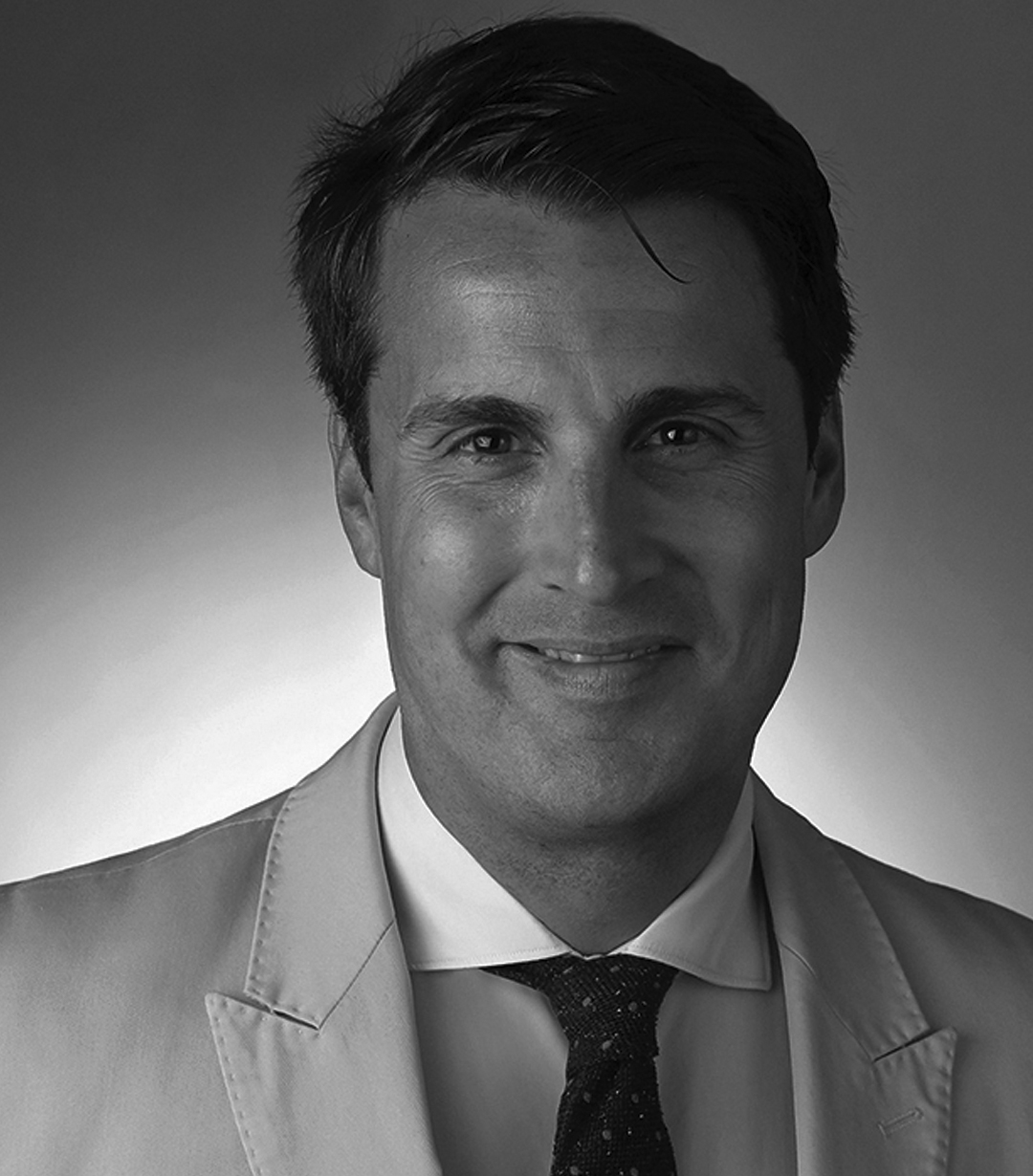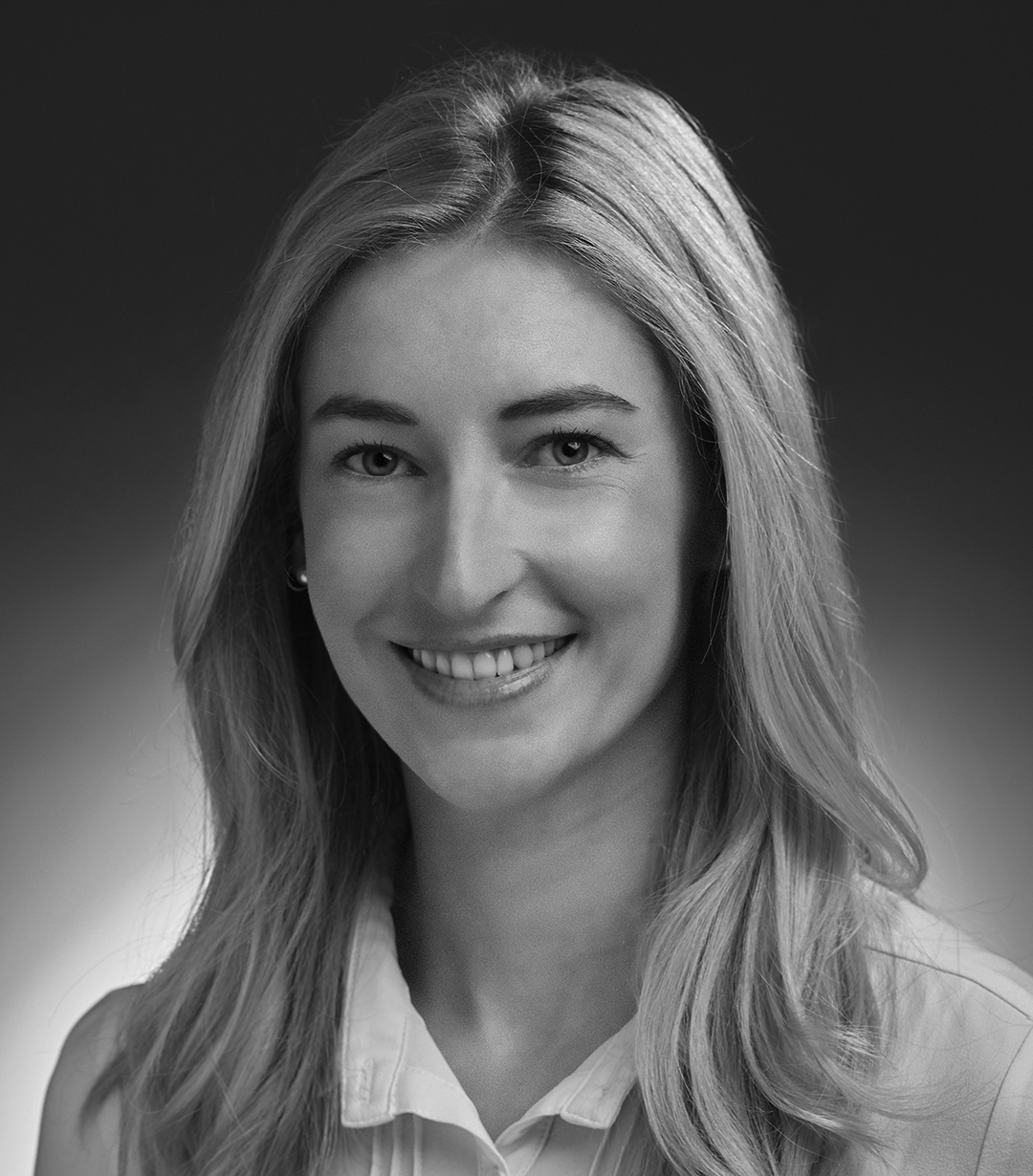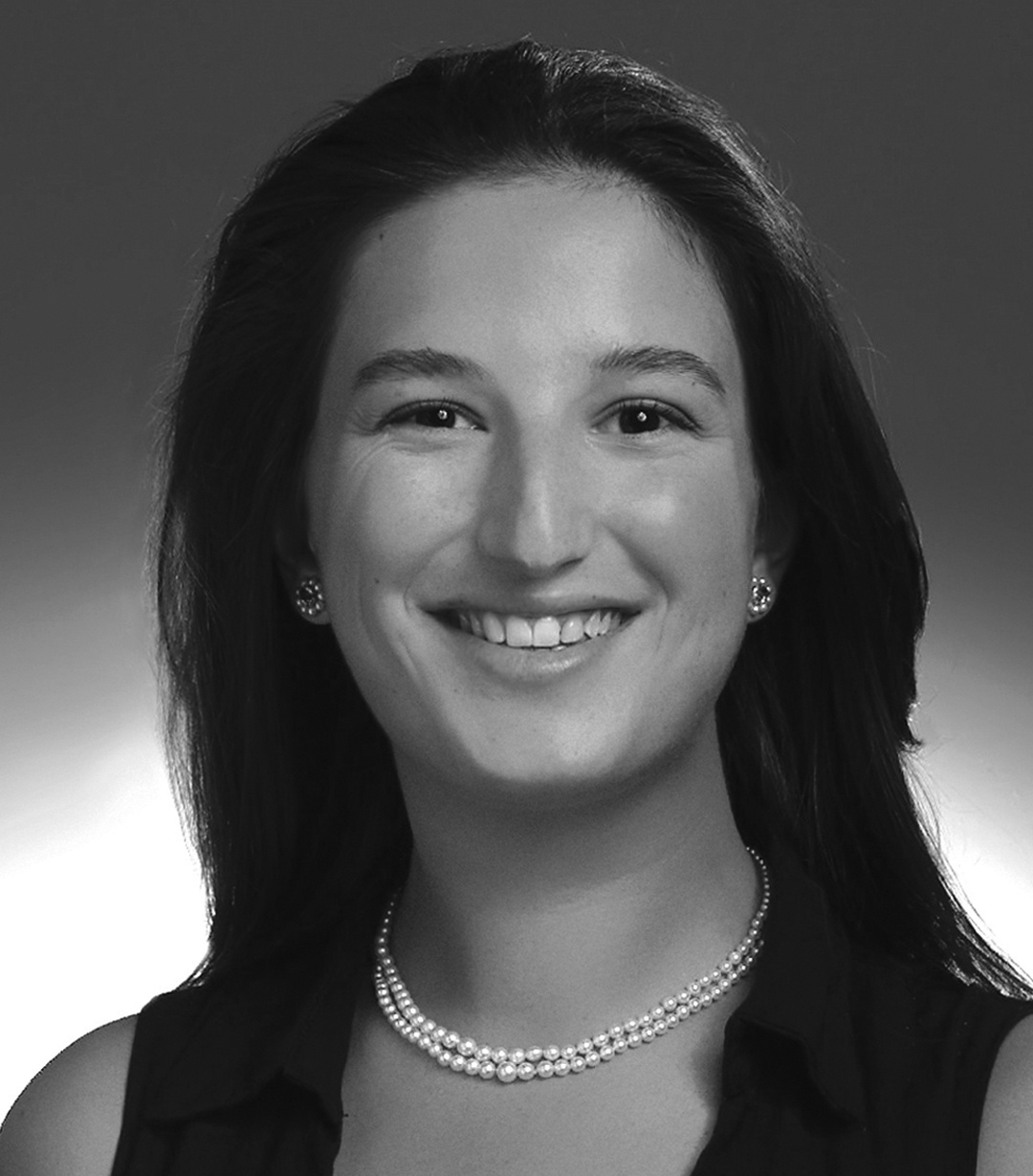KEES VAN DONGEN (1877-1968, Dutch)
Deauville, Les Tentes 1956
Estimate: $150000 - 180000
Sold For:
$170000 hammer
$208636 inc. buyer's premium
Description
KEES VAN DONGEN (1877-1968, Dutch)
Deauville, Les Tentes 1956
oil on canvas
54.5 x 66.0 cm; 79.0 x 91.0 cm (framed)
signed lower right: van Dongen
signed with initials, dated and inscribed verso: Deauville/ Les Tentes/ 1956. V.D.
Provenance:
Private collection
Sotheby's, New York, 19 November 1986, lot 191
Private collection, France
Loudmer, Paris, 22 November 1993, lot 22
Private collection
Sotheby's, New York, 1998
Company collection, Melbourne
Deutscher-Menzies, Melbourne, 10 August 1998, lot 38
Property of an investment syndicate, Melbourne
Menzies, Sydney, 8 December 2011, lot 36
Company collection, Melbourne
Menzies, Melbourne, 21 September 2016, lot 35
Company collection, Melbourne
Menzies, Sydney, 28 March 2019, lot 41
Private collection of Mr Rodney Menzies, Melbourne
Estate of the above
Reference:
Chaumeil, L., 'Van Dongen et les Fauves', Art de France, 1961, pp.386-389
This work will be included in the forthcoming Van Dongen Catalogue Raisonné being prepared by the Wildenstein Plattner Institute, Paris
Estimate: $150000 - 180000
Result Hammer: $170000
Born in Holland in 1877, Cornelius Theodorus Maria (Kees) van Dongen began his career as a student at the Rotterdam Academy at the age of fifteen. As a young man he was engaged in radical politics and earned some extra money as a political cartoonist and illustrator. In fact, until 1908 the artist was obliged to earn a livelihood with a variety of jobs including removalist, newspaper vendor and a wrestler in fairs.1 He first visited Paris for nine months in 1897 before taking up residence there more permanently in 1899. Many years later, at the height of his fame when he was the recipient of wealth, important commissions and public honours, he was one of a very small number of foreign-born artists to receive the French Legion d’Honneur – the precarious early years would have seemed to belong to a distant past. And yet his bohemian life of radical thought, artistic ferment and rebellion, as well as the low-life milieu of carnival and theatre which were so important in the formation of his artistic character and style, remained in his work long after he was able to enjoy his success.
In the early years in Paris, however, van Dongen knew he had to grab any opportunities that presented themselves. One of the earliest of these was his acquaintance with the French-Italian art critic and theoretician, Félix Fénéon (1861-1944), now best known as the great supporter and promoter of Georges Seurat (1859-91) and his followers, and the man who coined the term ‘Neo Impressionism’. Fénéon introduced van Dongen to Ambroise Vollard (1866-1939) and it was at Vollard’s famous gallery that van Dongen had his first major exhibition in 1905.
The story of van Dongen’s early years is one of a man who had the knack for being in the right place at the right time. At around this period, he also met Henri Matisse (1869-1954) and together with Andre Derain (1880-1954), Maurice de Vlaminck (1876-1958), Georges Rouault (1871-1958), Albert Marquet (1875-1947), and a little later Georges Braque (1882-1963), formed an association of artists with the aim of driving art into the Modern Age. In 1905 the group exhibited in numbers at the Salon des Independents. This was the landmark exhibition, which included seven paintings by van Dongen, and where the group became known as the Fauves (Wild Beasts). The movement was to provide a theoretical basis for his work from that time onwards. The Fauves saw themselves as the spearhead of artistic revolution at the time and proceeded utterly committed to the need to continue the work begun by the Impressionists, representing the leading group of young radical artists of the day. With Matisse as leader, and inspired by the example of Paul Cézanne (1839-1906), Paul Gauguin (1848-1903) and Vincent van Gogh (1853-1890), the Fauves embarked on their struggle to change the course of modern art. The intense dynamic of the period was also felt by the public, critics and collectors at the time and similarly, dealers scrambled to get in on anything new. In February 1905, for example, Matisse introduced Derain to Vollard who promptly purchased the entire contents of his studio and signed him to a contract.2
In this highly charged atmosphere, surrounded by the ambitious and competitive young artists who were converging on Paris from all over the world, van Dongen confirmed his commitment to Fauvist principles while developing his own style with a degree of individuality. Intense colour and the use of simplified forms were the hallmarks of the work, but van Dongen particularly displayed a relish for the characters and types he knew from the theatre and the circus. At some moment during this period, he was introduced by Derain to Pablo Picasso (1881-1973). For a while, van Dongen and Picasso were close friends and they became neighbours in the famous Bateau Lavoir. The relationship was evident in a certain similarity in style and their shared interest in the work of Toulouse Lautrec (1864-1901) can be seen in the work of both artists at this time. Both drew heavily on the bohemian demi-monde of night clubs and dance halls, with their exotic dancers and tumblers. Van Dongen’s preference for single figure compositions of dancers either nude or covered in colourful or exotic costumes as well as scenes from the stage and circus, which had been his preferred subject since before his arrival in Paris, was also confirmed. The hallmark of van Dongen’s work is its dynamic use of colour: vivid, clashing violently or simmering with discordance. For van Dongen colour became the means of animating his figures.
‘I exteriorise my desires by expressing them in pictures. I love anything that glitters, precious stones that sparkle, fabrics that shimmer, beautiful women who arouse carnal desire… painting lets me possess all this most fully.’3
With the very future of art at stake, and with the example of van Gogh and Cezanne as their guides, the artists of this generation were subjected to a pressure-cooker atmosphere of artistic ferment. Loyalties and personal friendships played their part, and there were casualties. The battle lines were drawn with Matisse and his followers committed to colour, while others, particularly Picasso, devoted their energies to redrawing the boundaries of the use of form. The conflict claimed victims: Derain’s work, in some ways the embodiment of Fauve painting, was brilliant but short-lived. Even Matisse was eventually obliged to concede that Picasso’s titanic engagement with form, which had drawn Braque and Derain into his orbit, was overshadowing if not marginalising the Fauvist concerns with colour. By 1907 Picasso’s triumph was apparent and by 1908 Fauvism as a movement was finished.
The rival artistic factions of the era: broadly speaking the Cezanneists (mainly Picasso and Braque) as opposed to the Fauves (Matisse, Derain, and Marquet) crystallised and went their separate ways. Van Dongen’s inclination to align himself with the Fauves may well have been in part owed to a lingering association with his fellow colourist, maverick and countryman, van Gogh.
Van Dongen’s work had throughout these four brief years of struggle retained its focus on his favoured subject matter as well as on technique, so that as the Fauve tide receded, he was one of the few artists who was not inclined to abandon his commitment to its ideas. Indeed, the movement received renewed impetus in the form of a group of young German artists from Dresden. Erich Heckel (1883-1970), Ernst Ludwig Kirchner (1880-1938) and Karl Schmitt Rottluff (1884-1976) adapted Fauvism which underwent a metamorphosis into German Expressionism under the banner of Die Brücke. Van Dongen continued to exhibit with Die Brücke artists in the ensuing years, so that although Fauvism as a movement was defunct and some artists renounced it altogether, it lived on in the work of several important artists, including Matisse himself; and remained the basis of the work of others, including van Dongen. By this means, van Dongen can be seen to have been instrumental in the important developments of many other artists in Paris and elsewhere at the time, and through his connections with contemporary, in particular Wassily Kandinsky (1866-1944), destined to play an important role in the genesis of abstraction.
Throughout these events, van Dongen was sufficiently self-possessed to be able to refine his work and develop it on his own terms. Unlike other members of the Fauves, van Dongen’s work always resisted the homogeneity that was a collateral of the movement, and his work always remained recognisably his own.
The demise of the Fauves as a group coincided, however, with the growing acceptance, even success of the group’s individual members. Van Dongen was established, with regular representation by some of the greatest names in art dealing of the time. Initially included in the stable of Fauve artists including Matisse represented by Berthe Weill, from 1905 he was handled by Vollard. From 1907 he was represented by Picasso’s dealer, Daniel Kahnweiler, and he also exhibited with Bernheim-Jeune from 1908. In 1908 he participated in the Cercle de l’Art Modern, a major exhibition with its catalogue introduction by poet and art critic, Guillaume Apollinaire, and in the same year was included in the Die Brücke (The Bridge) exhibition.
With the onset of the First World War, he returned to Holland and afterwards resumed his work in Paris, so that by the early 1920s he was a well-established figure. He became a highly successful portrait painter, something of an Andy Warhol of his age, with a following drawn from French Society as well as show business. Today, van Dongen’s work is rated highly by collectors who respond to the work’s strongly individual character, forged in the crucible of modern art in association with the greatest names of the period. His unique position as a trans-European link man, present at so many of modern art’s greatest moments, will always ensure that his work is at the forefront of any study of the period, while the distinct individuality of his work confirms his position as a major figure of the era.
Footnotes
1. Rewald, J., An introduction to the Fauve movement, from his Studies in Post Impressionism, Thames and Hudson, London, 1986, pp.275-6
2. Freeman, J., The Fauve Landscape, Los Angeles County Museum of Art- Abbeville, New York, 1990, p.66
3. Van Dongen, quoted from Giry, M., Le fauvism: ses origins, son evolution, Neuchâtel: Ides et calends, 1981, Translated as Fauvism: origins and development, translated byHarrison, H., New York, Alpine Fine Arts Collection, 1981, here quoted from Freeman, J., Fauves, The Art Gallery of New South Wales, 1995, p.118
Timothy Abdallah
Tim Abdallah is former Head of Art, Menzies Art Brands. Following studies at Monash and Melbourne Universities, he was with Christie’s, London before operating his own galleries in Melbourne and Cologne, Germany. He is a freelance consultant, writer and valuer.
Specialists
-

Cameron Menzies, Chairman & Head of Private Sales
cmenzies@menziesartbrands.com
+61 (0) 466 636 142 -

Asta Cameron, Art Specialist
acameron@menziesartbrands.com
+61 (0) 400 914 088 -

Clementine Retallack, Front of House Manager & Associate Art Specialist
cretallack@menziesartbrands.com
+61 (0) 478 493 026
Location
Sale & Exhibition Details
-
Auction
27 March 2024
6:30PM AEDT
1 Darling Street
SOUTH YARRA VIC 3141
artauctions@menziesartbrands.com -
Exhibition
-
Sydney
14-17 March 2024
10:00AM to 5:00PM AEDT
12 Todman Avenue
KENSINGTON NSW 2033
art@menziesartbrands.com -
Melbourne
21-26 March 2024
10:00AM to 5:00PM AEDT
1 Darling Street
SOUTH YARRA VIC 3141
artauctions@menziesartbrands.com
-



